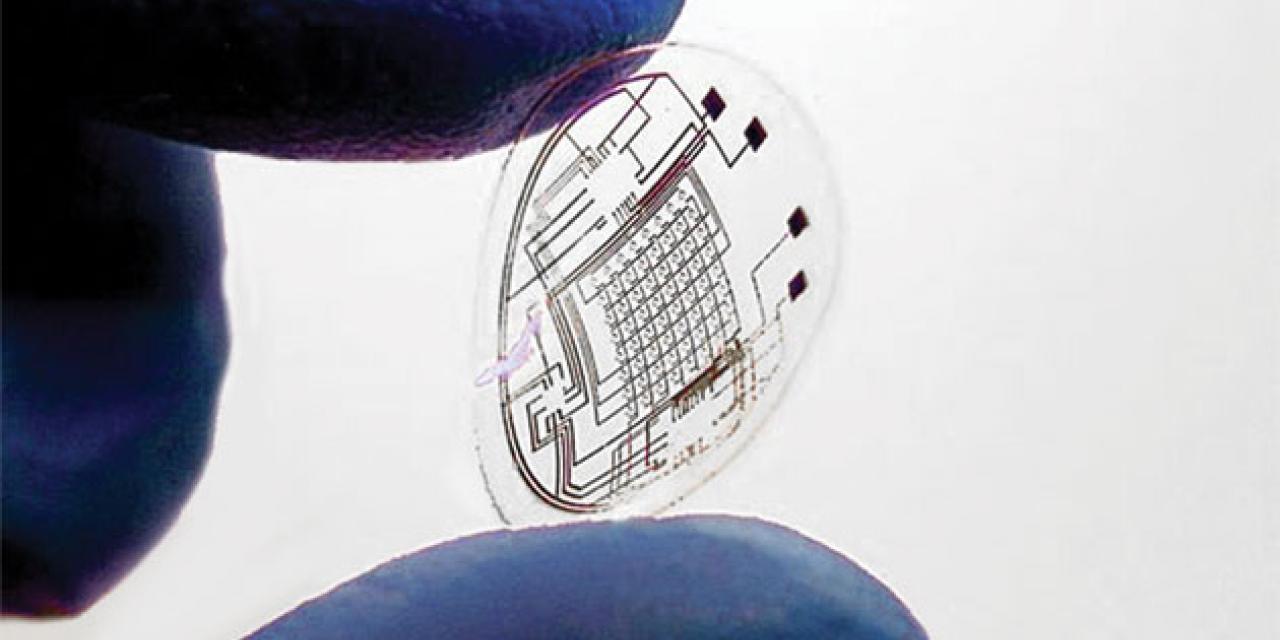
A listing on the official Federal Business Opportunities website revealed that the American Army is researching new contact-lenses with HUD (head-up display) which provides data that is "not unlike information provided to players of first-person, shooter-type video games".
The Defense Advanced Research Projects Agency (DARPA) Information Processing Techniques Office (IPTO) is requesting information on technology areas for the creation of micro- and nano-scale display technologies for the purpose of creating displays that could be worn as transparent contact lenses.
A limiting factor to un-tethered augmented and/or mixed reality applications is the bulkiness, power consumption, cost, limited resolution, and limited field of view of head-mounted displays. DARPA seeks to leap beyond incremental, evolutionary enhancement of head-mounted display technologies to a see-through contact lens on which images can be displayed. This information might be command-and-control information, not unlike information provided to players of first-person, shooter-type video games or synthetic entities and effects in a live training environment.
As a first step in solving this problem, DARPA/IPTO is soliciting brief white papers describing technologies in this area. Specifically, these white papers should address the following questions.
1. What are the basic technologies needed to develop a see-through display of this size and form factor, in a way that would be safe for humans to wear for extended periods of time?
2. How such a small display could be practically manufactured on flexible substrates?
3. How images could be sent safely and wirelessly to the contact lens display?
4. How power could be sent safely and wirelessly to the contact lens display?
5. What display resolutions and fields of view could be achieved in three to five years?
Independently, a team at the University of Washington has been working on a similar project.
The UW team has already managed to create a working prototype of a lens-embedded antenna that draws power for the device from radio frequencies. Their next steps are to build a version that can display several pixels - and then to test it on a person.
